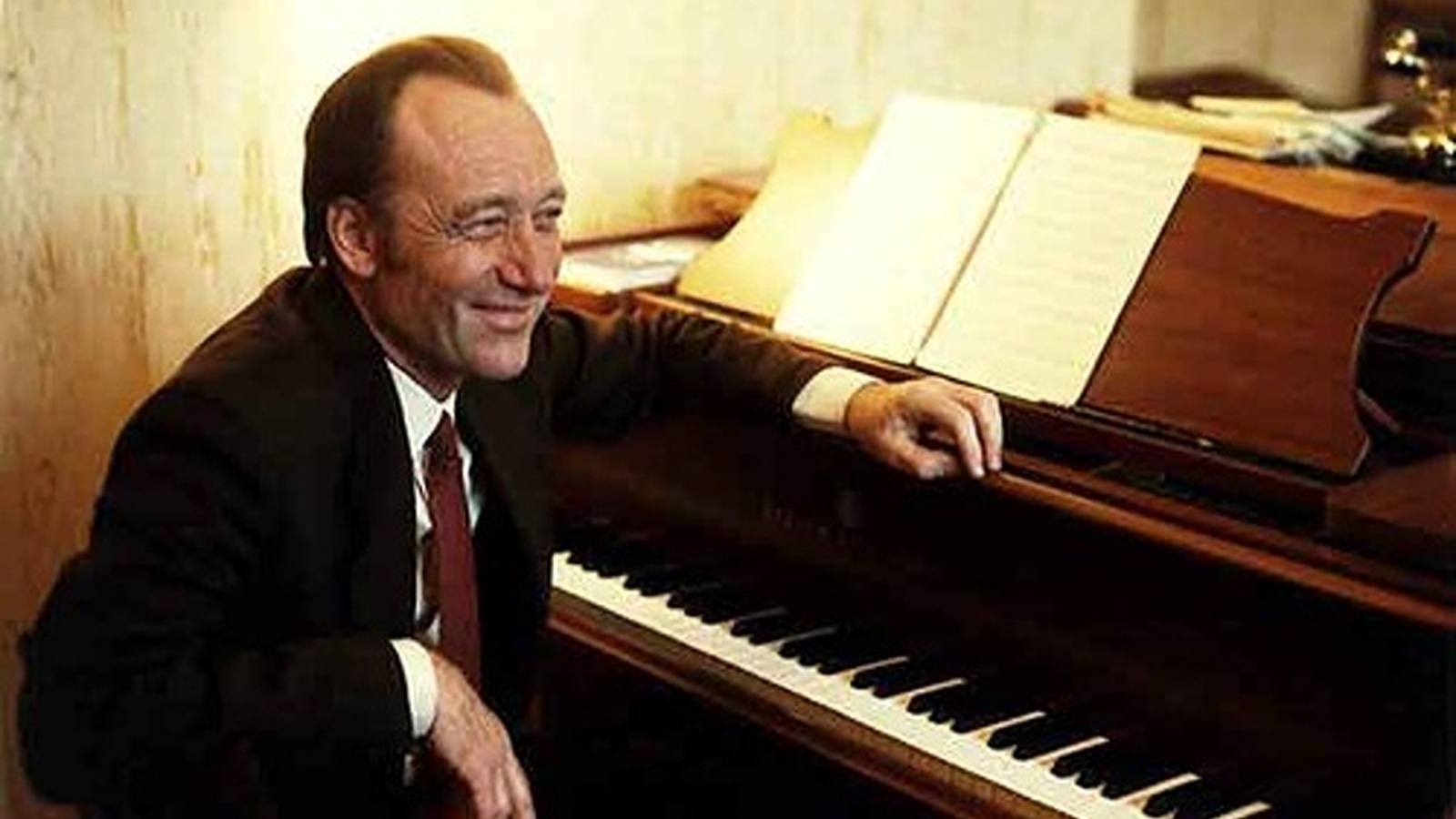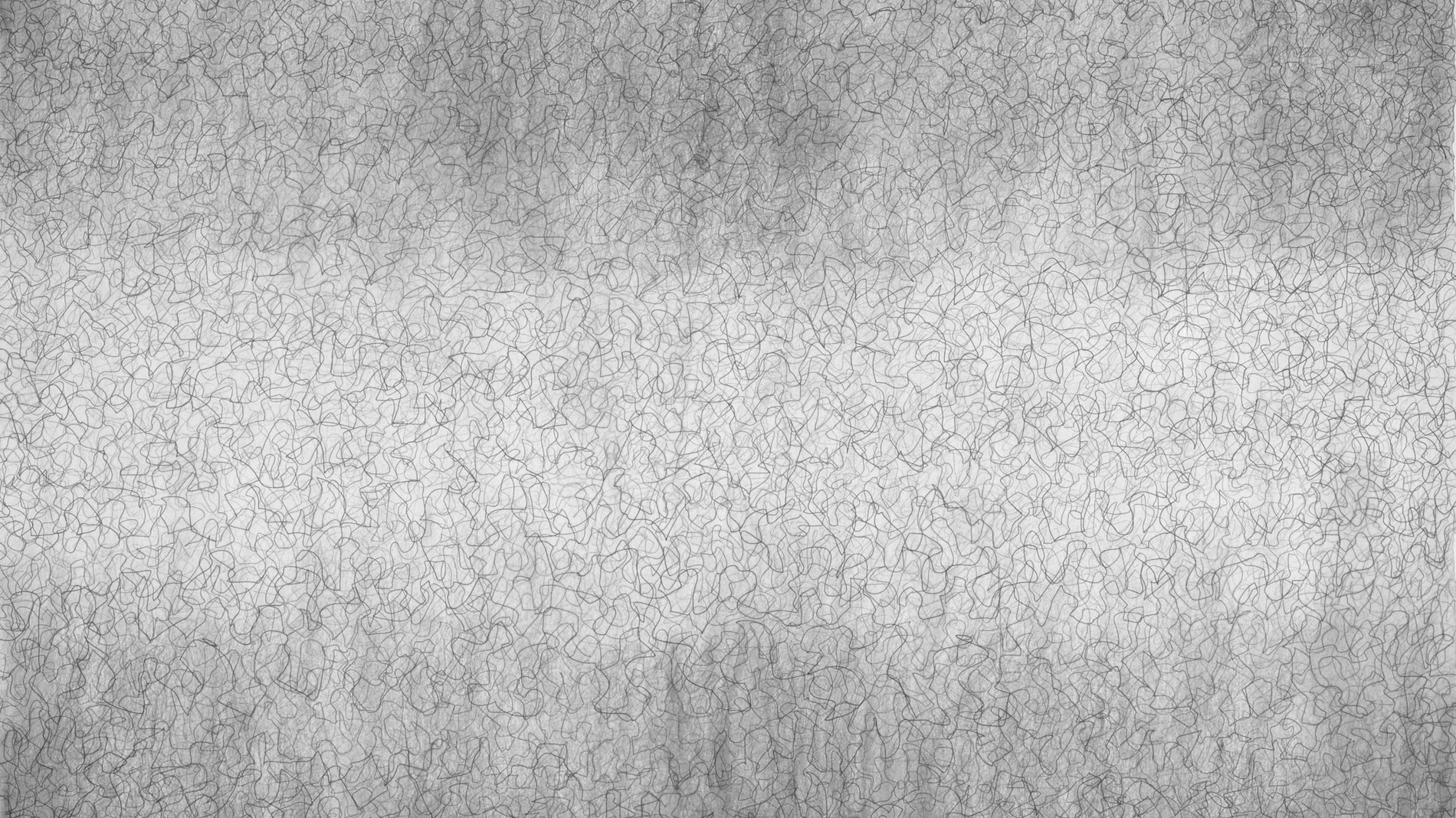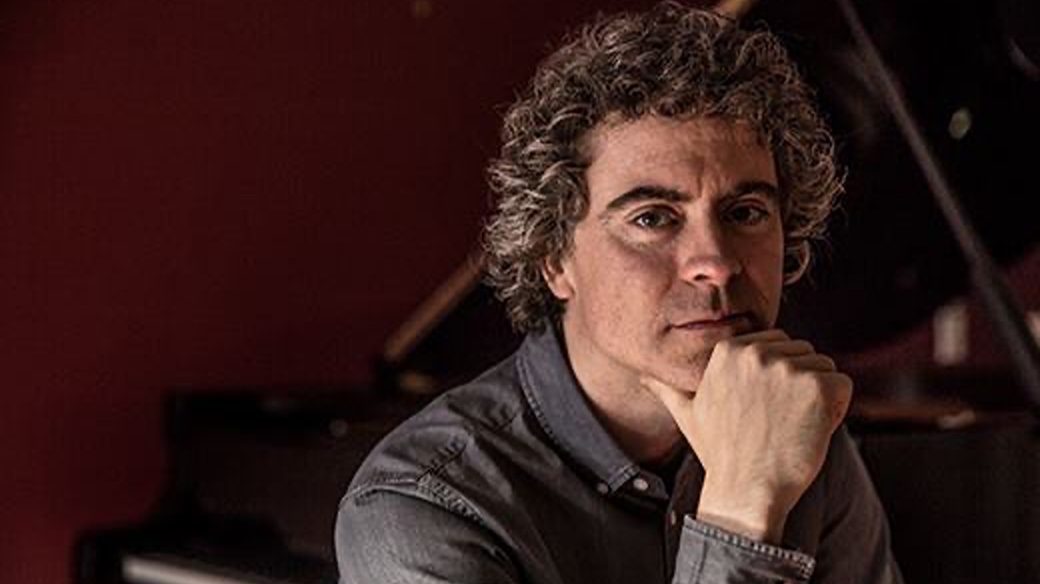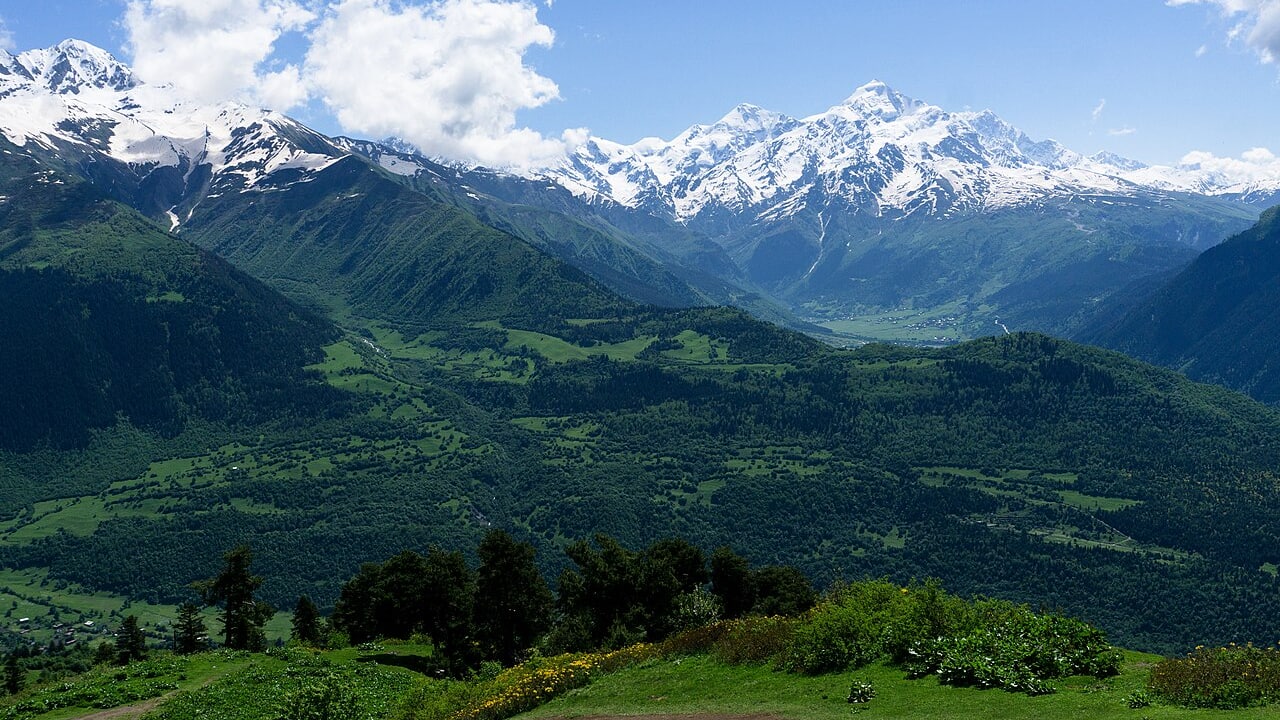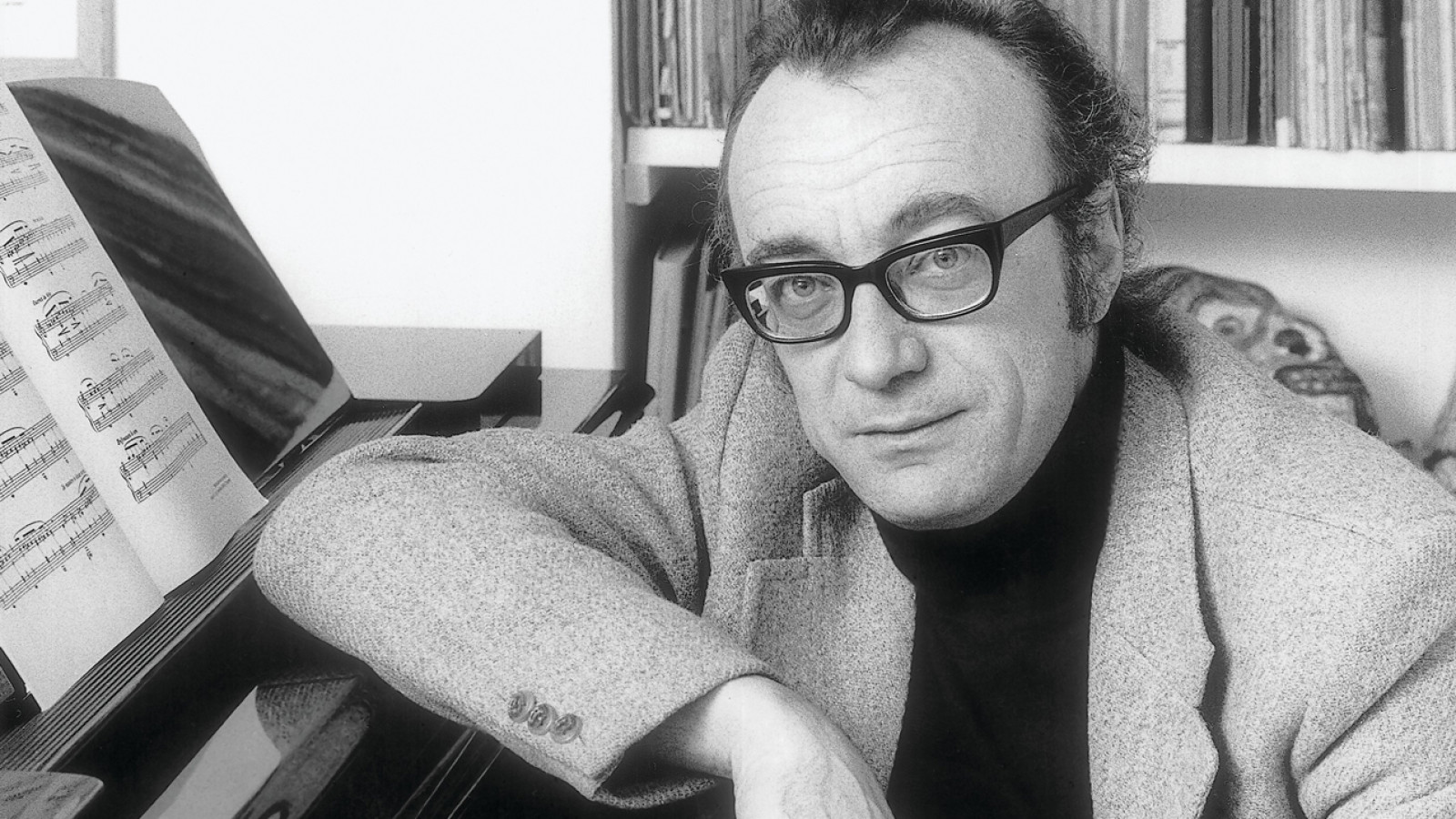Remembering Rodion Shchedrin
Rodion Shchedrin, the celebrated Russian composer and pianist, passed away on August 29 in Munich, Germany. He was 92. Reflecting a colorful blend of influences from the archaic to the avant-garde to Russian folklore, Shchedrin’s works include the ballets Carmen Suite (1967) and Anna Karenina (1971), the opera Lolita (1993), three symphonies, and five concertos for orchestra. Shchedrin created many of his ballets for his wife of 57 years, prima ballerina Maya Plisetskaya. …

